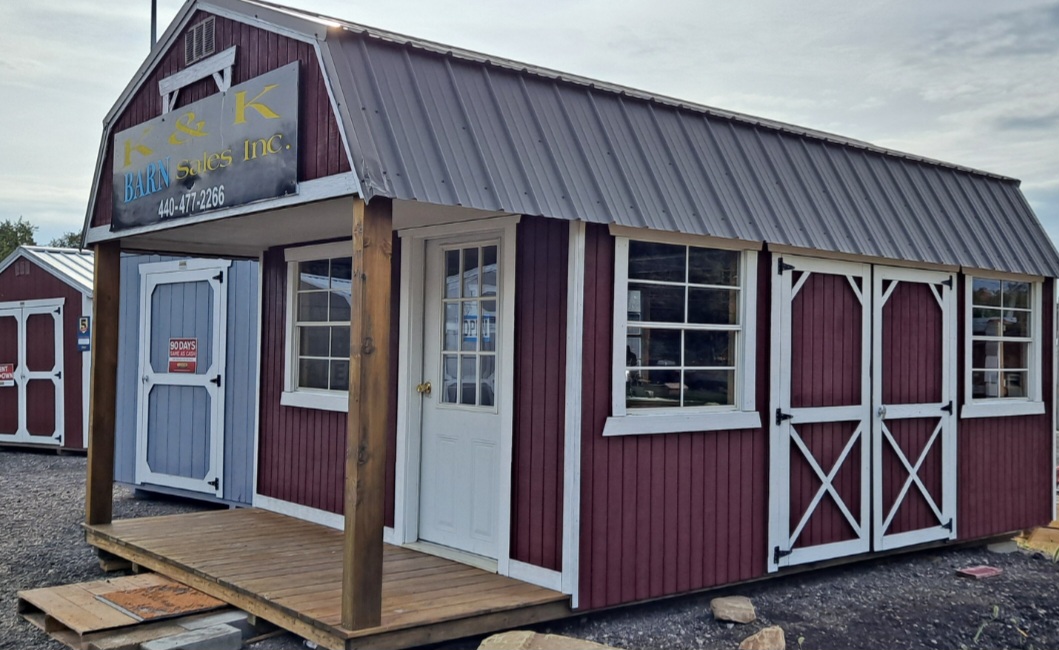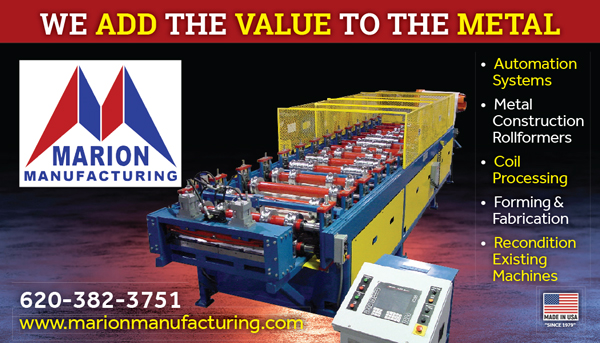By Linda Schmid
A well-known business principle is that in order to grow your business, it is important to keep your current customers happy. A happy customer will come back to you if they should decide they want to remodel or to build another building. They are also likely to share their great experience working with you with their friends and acquaintances, especially if those people are considering a building project. Of course, word of mouth works both ways; people will talk whether their experience is good or bad, so the best thing you can do is ensure your customers talk you up rather than down. If many people have a good experience with your company, you will gain a reputation as one of the go-to businesses in your market.
How do you make customers happy? People invariably say a quality product combined with superior service is the answer. No one is going to argue with that, but what makes for superior service? It is more than showing up when you say you will and speaking politely (though of course, that is a good start).
In the garage/shed building world, there are certain items that need to be considered before the project is begun. If you do not initially ascertain these important pieces of knowledge, the project may be doomed from the start. You probably are familiar with them, but we have gathered a handy checklist here.
Questions to Ask
• What is this building for? Will vehicles be stored in it and how many? Are there other items that need space in this garage? How big does the building need to be?
• Where is this building going to be located? What are the local ordinances or building codes? What setbacks are in place? What permits are required? What specifications need to be met? Is the land zoned for the planned activity in this building?
• Where on the property is this building going to be situated? Is access going to be a problem?
• What kind of materials is the customer interested in? Are they looking for low maintenance? Durability? Do they wish to match another building on the property? Do they already know whether they would prefer a wood or steel frame and what panel material they want?
• What kind of foundation is acceptable for the soil conditions? What does local code require?
• What kind of design are they looking for? Do they want to match the design of another building? Are there specific elements they are looking for?
• What kind of activities may take place in the building? A workshop? An office? A dog pen? Any activity, human or animal, will require certain elements, including appropriate ventilation, insulation, and perhaps other considerations.
• Are special accommodations required for accessibility, such as a ramp or wider than traditional doorways?
• What kinds of doors and windows does the customer need? Man doors? Overhead doors? Windows that open? How many of each?
• Are special security items required like cameras or a specific type of lock?
• What timeline is the customer expecting? Are there specific deadlines to meet?
• What is the budget? What can you do to help keep the project in line with it?
This list may not be exhaustive, but it is a strong start. Knowing the answer to all these questions is important because knowing the customer’s expectations is, naturally, the first step to being able to fulfill them.

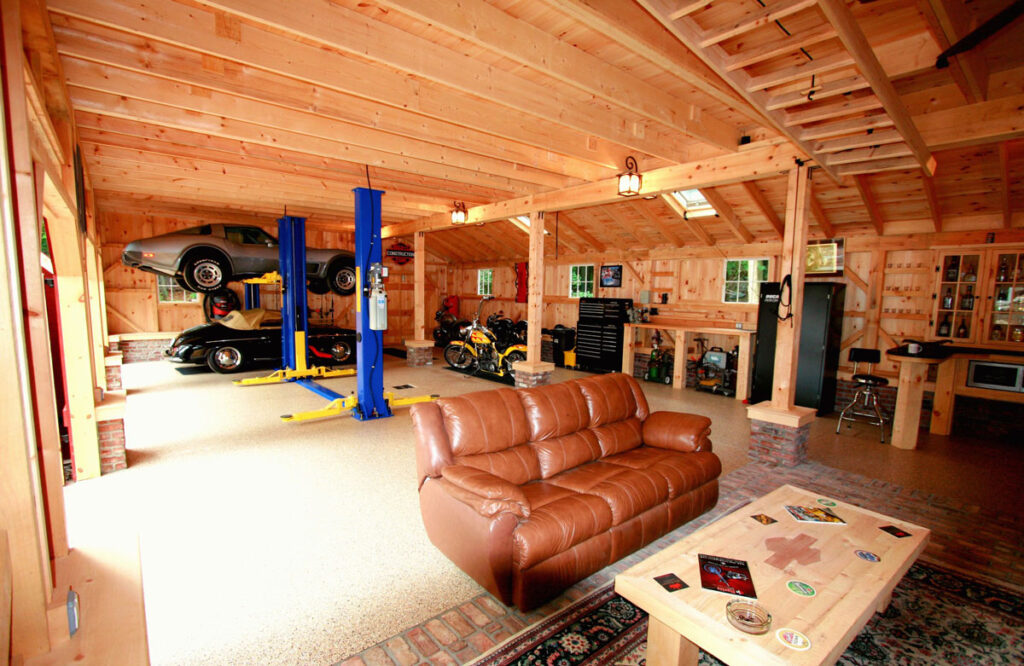

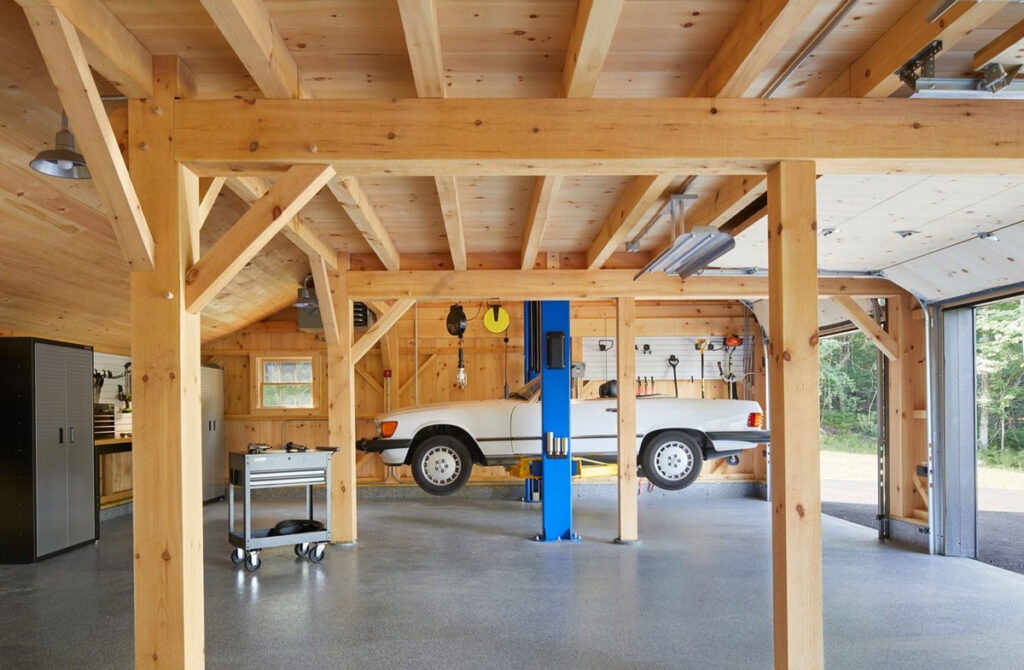
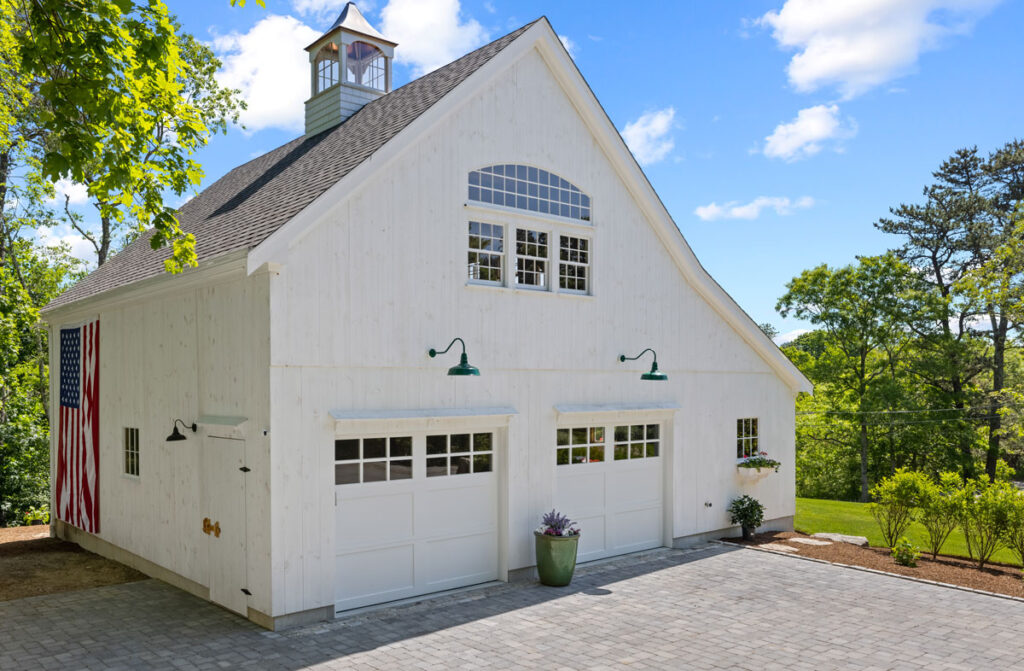
Photos Courtesy of Country Carpenters, Inc.
Provide the Customer All the Information You Can
Craig Froh, Director of Sales at Country Carpenters, Inc., said that they have a similar process when they sell post and beam kits to customers. “We try to elicit as much information as we can about what they need, what their concerns are.”
The team starts from day one talking to the customer, finding out if they have much experience with post and beam, or if they are likely to need more help, and they make sure they are there for questions.
When a contractor or salesperson is talking to a customer, they need to find out how much the customer understands about the building process Froh said, “You can tell pretty quickly if they understand construction terminology. Are they engaged in the conversation? If not, educate them.”
“Transparency is important,” Froh continued, “customers don’t like surprises, so we give them as much information about what is coming as we can. We tell them about additional costs like roofing, foundation, and electrical. We provide 3-D modeling to help them visualize their design.“
Transactional or Relational
Matthew Gerber, Owner and Business Development Manager of Meyer Building, LLC, said that they look at every interaction as an opportunity to build a relationship. “We believe that relational interactions will bring more success than transactional interactions in the long run,” he said.
Gerber said Meyer Building will stand behind their buildings and help customers with any problems they may have with a building after the transaction is complete. This approach makes sense. Look at it this way, if a customer purchases a tool at the hardware store, that is a transaction. If a customer discovers when they get the tool home that it is not the correct tool for their project, and the store refuses to help with a solution, that may be the last transaction between that store and that customer. If, however, the store manager recognizes that the relationship can be more important to the store than the one transaction and tries to help the customer, that customer will almost certainly shop at that store the next time they need a tool. Now the store is building a relationship with the customer.
Selling a garage is different than selling tools, for one of many reasons because the customer may not need another building any time soon, while another tool may be on the shopping list next week. But, the fact is your customer may build again at some point, and as previously mentioned, your reputation is on the line in a big way with each purchase. If your customer tells people that you didn’t show up when you said you would, or you built a leaky garage and did not resolve the problem, those people are not likely to trust you with a big purchase of their own.
Only the Beginning
Froh said that after one of their kits is built, they contact the customer to ensure that everything is good. “Often the customer is very excited about their new building and they send pictures to us.
“We want to keep the relationship with the contractor after the build for things like maintenance and making alterations, Froh continued. We support them through the life of the building.”
Sometimes customers return for small things, but often people return to buy another building. One happy customer has built four buildings with them Froh said.
Communications and Responsiveness
Gerber said that in the quest to keep customers happy, he believes the biggest pitfall that builders tend to fall into is a lack of sufficient communication. “This is all very elementary stuff,” Gerber said, “but it’s easy to be caught up in your busy building schedule and not communicate and update the customer.”
When things don’t go right and the crew isn’t going to make it to the jobsite on Wednesday as planned, they call to tell the customer there has been a change of plans, so the customer isn’t left wondering if they have been forgotten. If the crew accidentally damages a panel, they let the customer know what happened and that they will replace it. If they didn’t say anything and the customer saw the panel, they might worry…what happened, are they going to take care of it? You don’t want your customer worrying about these things.
When the crew is going to be dropping off materials at the jobsite, Gerber or someone on his team call to let the customer know. It may be an unnecessary contact, but it is a contact. They speak to them and keep them in the loop. In effect it is like they have reached out and touched the customer. Perhaps in the ensuing conversation they find out a bit of what is going on in the customer’s life, or they find out what the customer is concerned about on the job site. It’s one more chance to build the relationship with the customer.
The other part of being communicative and responsive is follow-through Gerber said. You can talk all you want, but if nothing you promise actually happens you are not going to have a happy customer. GSCB




